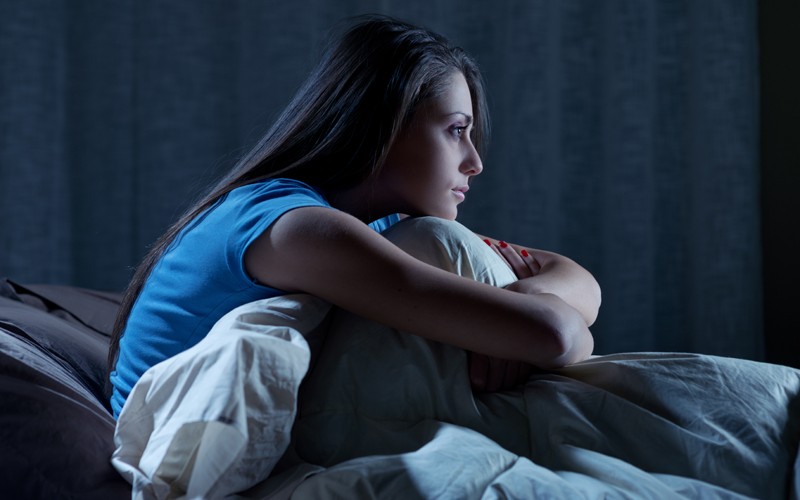
Sleepwalking: How Can You Treat This Sleep Disorder?
Monday | November 28, 2016 | 4:07 PM | Last update: February 20, 2017, 11:03 AM (Brasilia time)
Sleepwalking can be characterized as a disorder that mixes the sleeping state with reality and manifests itself in the deepest period of rest. Individuals with these clinical symptoms carry out complex actions and may utter meaningless sentences while they are sleeping.
“The person can get up and sit on the bed with their eyes wide open and even leave the house, walk, and drive, suddenly waking up from a deep sleep in a totally different environment and feeling somewhat disoriented,” said Brazilian neurologist Ademir Baptista Silva.

According to the World Health Organization (WHO), 40% of the planet’s population suffers from some sort of sleep-related disturbance.
WHO MIGHT SUFFER FROM IT?
This is one of the most common sleep disorders. It is estimated that as much as 15% of the world’s population sleep walks. It can appear in adult life and old age, although it is more frequent in children between 3 and 7 years old.
Specialists also indicate a genetic predisposition, which in these cases it is transmitted mainly from parents to children.
HOW DO YOU TREAT SLEEPWALKING?
Sleepwalking in itself is not serious, but the consequences of what the person does are. “We must take every care possible, make the place less hostile, lock the doors, put a bell on the door, remove the glass and protect sharp parts. In these cases, the best thing is to wake the person up,” says the doctor.
In addition to controlled medication, other alternatives for dealing with this disorder also exist. Hypnosis, for example, is already being used in some cases. A preventive factor is maintaining a healthy sleep routine, reserving a reasonable number of hours for sleeping, keeping lights at an appropriate level, and having no external devices switched on.

“Initially, the ideal thing is to sleep well, then protect the environment so it is a safe place, and, as a last resort, to prescribe medication,” emphasizes the neurologist.
Sleepwalking may also be associated with other diseases and may be characterized as secondary somnambulism.


